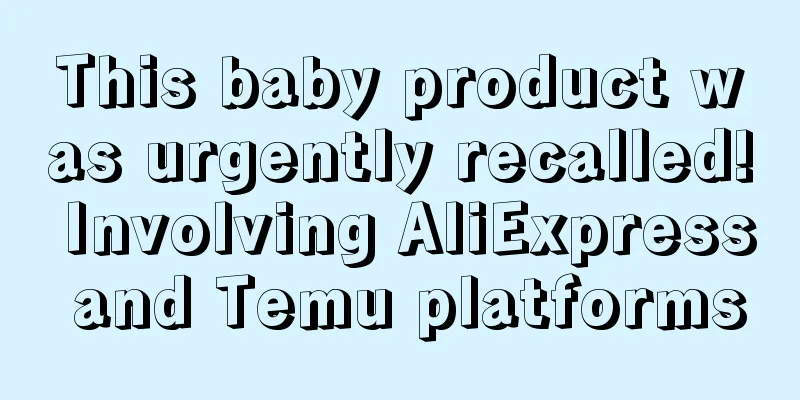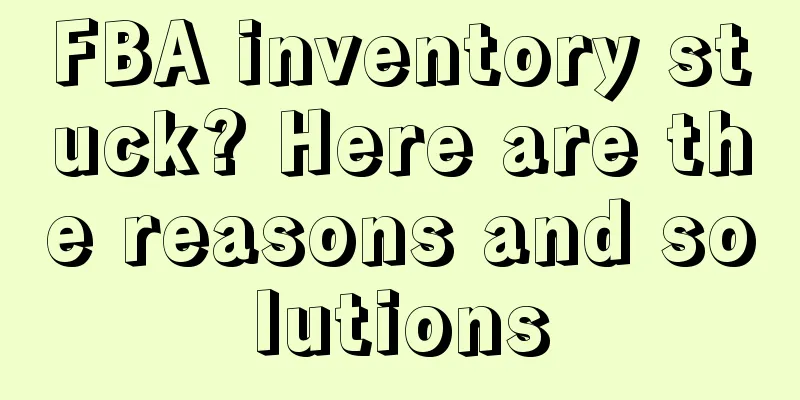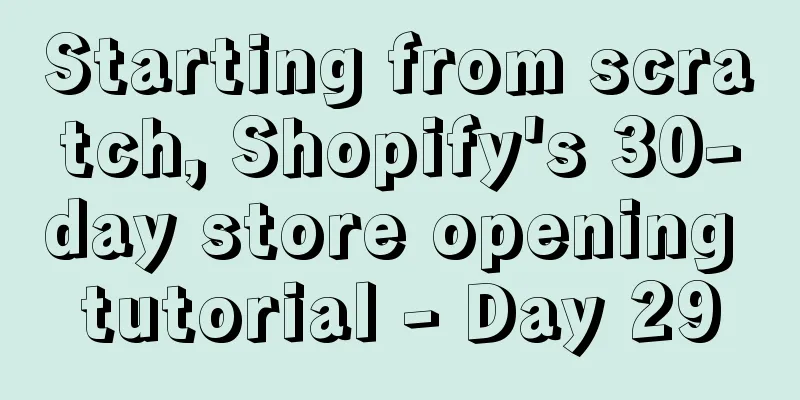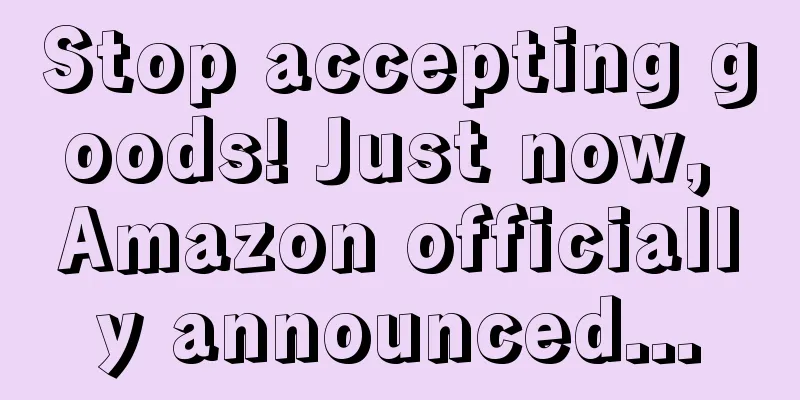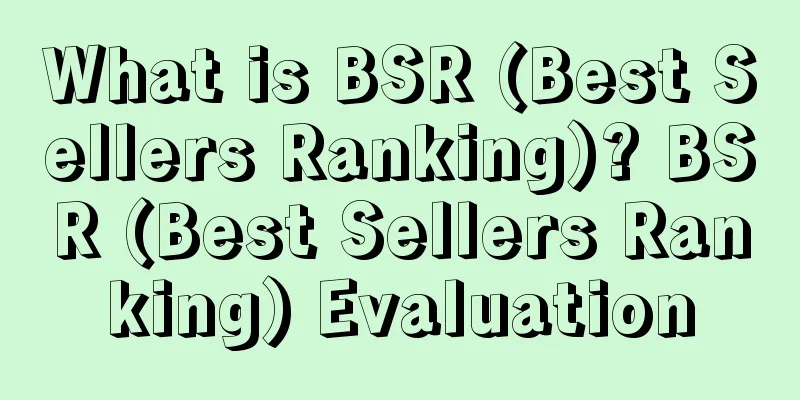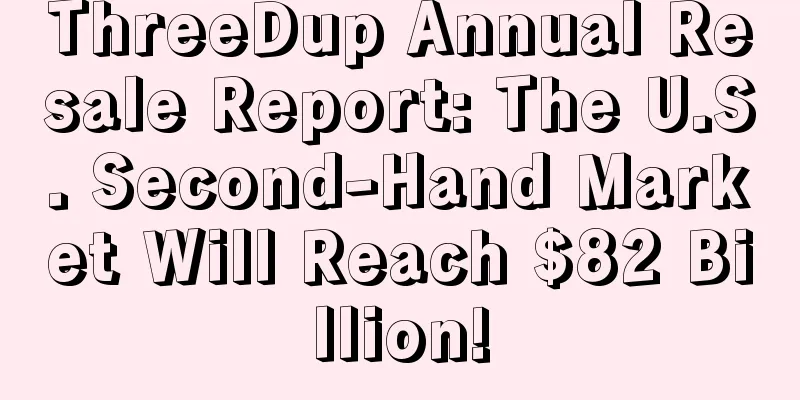A brief discussion on how to avoid pitfalls when doing promotions/coupons/deals?

|
Have a Professional Seller Account • If the product has 1-4 reviews, the rating cannot be lower than 3.0 • If there are more than 5 reviews, the rating cannot be lower than 3.5 • Discount range: 5%~80% off (Requires the discounted price to be at least 5% lower than the lowest price in the past 30 days If you set money off, the discount cannot be less than 5% If the listing price is increased and the discount is less than 5%, the coupon will be invalid) Note: Amazon will automatically remove the coupon when the budget utilization rate reaches 80%; the cancellation may not take effect immediately because buyers who have received the coupon before the cancellation can use the coupon to check out before the official expiration date. • Coupon: When traffic decreases or rankings drop for two or three consecutive days, 10%-15% discount is generally offered. The promotion period is generally 3-5 days, usually no more than a week. (The short time is set to adjust the activity at any time and the coupon has an additional traffic entrance to display the promotion that is about to end, so that it will be more exposed) Suggestion: When setting the discount type, choose a dollar amount discount for high-value products and a percentage discount for low-value products. • Promotion: New product promotion/clearance of slow-selling products/products that cannot be reported for flash sales. These products have little natural traffic on the site and advertising does not have a good effect. It is recommended to promote them through off-site promotion Recommendation: Offer a 20%-30% discount on new products to break even, and offer a 50% or more discount on slow-selling products. There are three main types of promotions: Single-use/ Group/ None, which means one-time/ unlimited/ none. It is easy to understand that "Single-use" is a long unique code that cannot be used again after one use, while "Group" is a short code that can be reused by N different customers. "None" does not require a promotion code and the promotion is automatically deducted at checkout. Regardless of whether you use Single-use or Group, there are two types of discounts: Preferential and Unrestricted. This is very important. If you choose the wrong one, you will lose a lot of money. Preferential: Preferential discount codes can be mixed with all unlimited discount codes or no discount codes. For multiple preferential discount codes, the most powerful promotion will be applied. Unrestricted: Unrestricted coupon code mixed with all unrestricted coupon codes without any restrictions Case Study Xiao Wang sets a 30% promotion for product A, using the code type of "group" and an activity period of 8.7-8.20. Later, he found that not many people used the coupons, so he wanted to increase the promotion and set a 40% promotion from 8.15-8.30. If a customer receives two codes at the same time and uses them within a limited period, will the results be the same if he chooses preferential or unrestricted? Analysis: If you choose the preferential type, you will be offered the most favorable promotion, which is a 40% discount. If you choose the unrestricted type of discount, it will be superimposed, and you will enjoy a 70% discount Precautions When doing a promotion, no matter what type of discount you do, you must set the maximum purchase quantity and weight. I must say it three times: you must set the maximum purchase quantity. You must set the maximum purchase quantity! I once set a 99% code for a reviewer. Although I knew that such a high discount review would probably not have a VP mark, the profile provided by the reviewer was Top 50, which was very rare. I wanted to try it at the time, but he refused to accept a refund after the review or advance payment, saying that he had been cheated too many times and dared not provide PP. He only accepted a 99% code. So I made a 99% single code for him. When making the discount, I also paid special attention to the system automatically checking "One redemption per customer". The answer is yes. Coupons can be stacked with each other, and promotions can also be stacked with each other! Coupon, promotion and deals can also be combined at the same time! Show a case Promotion B is set on July 16th with a 20% discount. Activity time: July 16th-July 19th On July 18, A was closed by Amazon and coupon C was re-set with a 40% discount. Event time: July 18-July 22 5. Notes on Coupons/ Promotions/ Deals • Before creating each campaign, check if there are any coupons/promotions running or deals that are about to start • Each coupon/promotion campaign should not last too long, preferably no longer than two weeks • Choose peak traffic periods for promotions, use big data to analyze traffic trends, and designate or conduct promotions in the optimal time periods, so that you can achieve twice the result with half the effort • When doing promotional activities, you can increase the advertising efforts, and at the same time, you must set the maximum purchase quantity in the background • After the discount or flash sale starts, you should check whether there are any abnormalities in the transaction price of the order in time; if the activities are accidentally overlapped, you should find a way to stop the loss immediately. Even if all promotions are turned off, the discount is still valid for those who have received the coupon but have not used it within the validity period. At this time, you need to increase the price appropriately or close the listing to avoid greater losses. |
>>: Want to improve your ad performance? Optimize settings - choose the right bid and ad position
Recommend
Amazon China's top sellers "failed"? Interpretation of the latest cross-border trends in 2022!
Time flies, and in the blink of an eye, the first ...
Account suspension warning! $700,000 frozen! Amazon will no longer tolerate this, and this type of seller will face big trouble
With the outbreak of the COVID-19 epidemic abroad,...
The U.S. pet market is cooling down, but this category is growing against the trend!
It is learned that according to foreign media repo...
Walmart+ membership exceeds 32 million! Competition with Amazon Prime intensifies!
It is learned that according to Deutsche Bank data...
What is the Amazon Logistics Label? Amazon Logistics Label Review
Amazon FBA requires barcodes to identify and track...
Amazon sellers blast the one-day-off-and-two-day-off policy: I didn’t have a choice before, now I just want two days off
▶ Video account attention cross-border navigation ...
These 3 tips will help you get ahead of others and deploy Amazon Sweden
Recently, Amazon Sweden was officially launched. A...
The Mexican government seized 3 million illegally imported goods, including clothing, cosmetics, etc.
It is learned that the Mexican government recently...
What is Duoyoumi? Duoyoumi Review
Duoyoumi, full name Shenzhen Duoyoumi Network Tech...
What is Paxata? Paxata Review
Paxata is a self-service data adaptive analysis pl...
More than 60% of food consumers buy online! Online buyers are more loyal!
According to a new survey of more than 700 U.S. ad...
What is the U.S. Copyright Office? Review of the U.S. Copyright Office
The United States Copyright Office (USCO) is part ...
Products without EU representatives will be seized or removed from the shelves! Take a look at the relationship between CE certification and EU representatives?
European Authorised Representative (European Autho...
What is Gumtree? Gumtree Review
Gumtree is a British online classifieds and commun...
8 practical ways to promote Amazon products that sellers must master
Although the Amazon platform has a high return on ...

